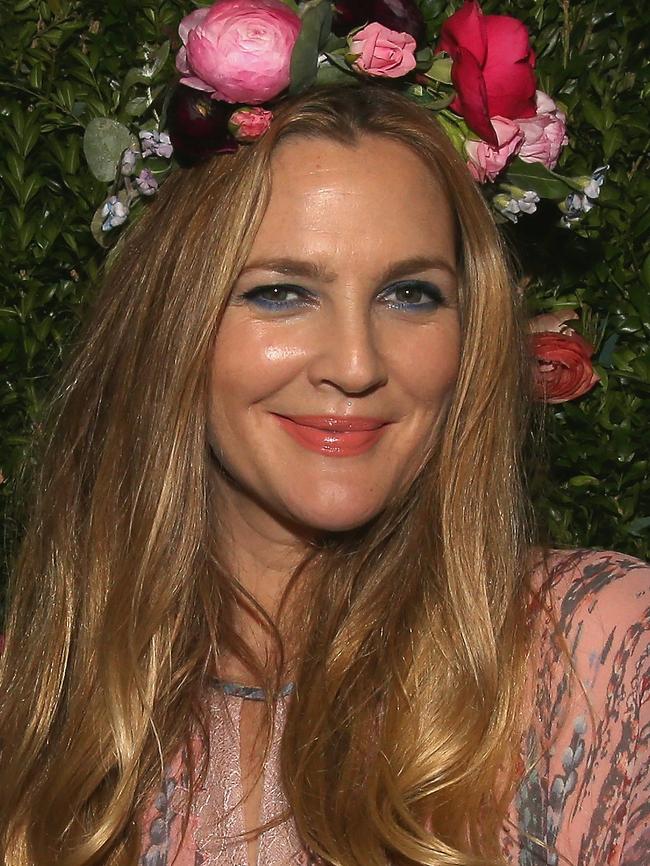Are you better off with a pretty face, or a friendly one?
THE benefits of having an attractive face are well established. But if you’re not born beautiful, can you do just as well by appearing friendly?
NOT born beautiful? It turns out it’s still possible to use your looks to get more out of life.
I’m not the owner of an especially pretty, let alone beautiful, face – I veer more towards decidedly average, along with a lot of us, I’m sure.
Don’t get me wrong, I’m not suffering low self-esteem. But as a psychology graduate, I’ve studied how beauty is scientifically defined, and how we subconsciously respond to a person’s looks. The benefits of being beautiful are well established and extend to all facets of life – from personal relationships to professional success.
Why?
The theory is that those blessed with beauty are perceived as being healthier, more likeable, fun and confident – a trait many people warm to, provided it doesn’t step into arrogance.
This confidence also makes for a more persuasive speaker, which comes in handy whether you’re going for a job, making a sale or looking for a discount on a new car. When it comes to attracting dates (or mates), our biological instincts kick in, and we want to share our gene pool with the visibly healthy and desirable.
Wondering if you’ve got “it”? The science shows humans relate high cheekbones, fuller lips, big eyes, and a thin chin for women (or big jaw and broad chin for men), as well as smooth skin, shiny hair, and facial symmetry, to beauty.


FRIENDLINESS COULD HELP YOU GET AHEAD
If you don’t tick off enough of the features from the ‘pretty list’, then it might be worth turning your attention to getting your happy on. This morning, as I put my shopping bags into the car, in an especially great mood, I smiled at strangers and even conversed with a few. I was randomly offered help loading my shopping into my car, and told (non-sarcastically!) to have a nice day by a lady I’ve never met.
And then I wondered, if there is value to being beautiful, is there any in looking friendly and approachable?
It appears there most certainly is.
Humans are social creatures and we mirror each other, says psychologist, Samantha Clarke. So by appearing friendly and sociable, it is more likely that others will be open, welcoming and engaging with us.
Humans are coded to be with people who make us feel comfortable and safe, says Dan Auerbach, psychotherapist and relationship counsellor at Associated Counsellors and Psychologists Sydney.
In the workplace, this can translate to more opportunity.
“When your boss is looking for someone to join a team or to be promoted, on some level they ask themselves ‘does this person make me feel safe?’ Once that box is ticked, they may then consider if they can share other experiences like interest or excitement with this person.”
In day-to-day life, this can mean more friends, more help from strangers and more uplifting social interactions.


SO WHAT IS A FRIENDLY FACE?
As humans, we are very skilled at reading smiles and there are approximately 50 different meanings for a smile. We look first to the eyes to read a smile’s true meaning, and this is also where you’ll be spotted if you decide to fake friendliness for good favour.
“Our face, our posture and our tone are all part of what some researchers call our social engagement system. Together they demonstrate to others something about our readiness to be close and to safely engage,” says Dr Auerbach.
“A face that is open, smiling and turned straight toward the other person, where the lines are wrinkled around the eyes – that is a face that says, ‘I feel safe and ready to be close to, and engage with you, and I am not a danger to you’,” he explains.
Facial expressions aside, how we stand also gives off a vibe, Dr Auerbach says a posture that is turned directly towards the other person, with shoulders in a resting position and arms by your side are also safety cues – as is a soft tone of voice.
And what’s not? Louder tones and bigger expressions can be a bit hit and miss.
“For some people, high pitched tones and the big open face of excitement will invite them to join you, but other people who are less comfortable with that level of emotional display will withdraw from you - they may not feel safe engaging with that level of stimulation,” says Dr Auerbach.


IT STEMS FROM OUR EARLY DEVELOPMENT
Humans are wired to watch facial expressions pretty darn closely, and Dr Auerbach says this starts from infancy, where we look for cues as to how we should respond to what is going on around us and how the person feels about it – and what they’ll do to help us.
“From infancy we closely look at the face of our caregivers to trying to read through their expression how we ourselves should respond to whatever it is we are experiencing,” he says.
This then continues into our adult years, and when we see a person with a calm and approachable face, we can feel instantly soothed and instinctively want to be around them.
ACHIEVING A FRIENDLY FACE CAN HAPPEN WITH WORK
Dr Auerbach says while an open, approachable appearance doesn’t come naturally to everyone – especially those that didn’t grow up in an open, trusting environment; it can be achieved with some work.
“The best way to adopt a friendlier face is to learn to feel safer and more trusting of those around you. That can take some personal work which is where a trained psychotherapist may be of help. Psychotherapists can help people learn about their often unconscious and patterned expectations of others, and can often create a new safer relationship experience,” he says.
“Research has shown when people start to focus on creating a heartfelt connection with others, starting from the inside, they are more likely to show a genuine smile, one where the eyes crinkle at the corners,” Dr Clarke says.
In short, if you want to appear friendly and open, it starts on the inside.

